Description: Most folks use the word fat to refer to all body fat, while there are various types of it. Some can be dangerous, affect your health and cause diseases, while some, such as visceral, essential, or subcutaneous, are useful. Read on to discover more about it!
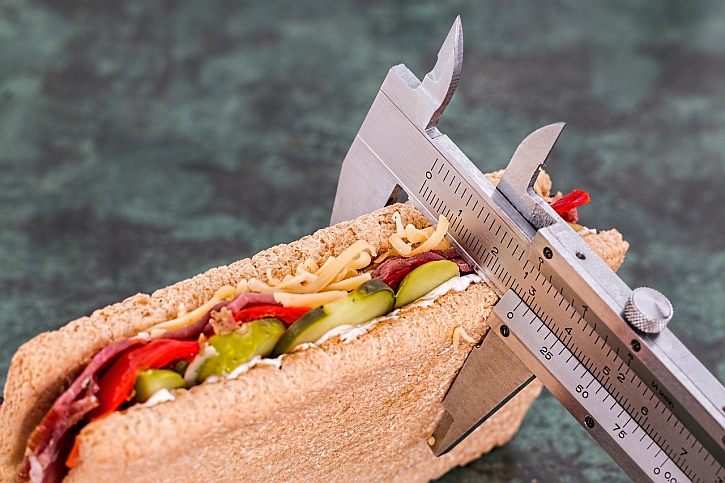
Checking the number of calories in your diet is important
There are two fat types in the body; for instance, the white consists of large white cells. It is found throughout your organs present in the belly, under the skin, thighs, buttocks, and arms. The body stores it to use later for energy. Although it is beneficial, too much of it can be harmful. Brown fat, on the other hand, is found in infants, although adults reserve a small quantity. It helps in burning fatty acids to provide warmth to the organism. Beige fat is new to researchers, but it helps to burn excess pounds.
Calories and Body Fat
If you’re trying to lose weight, you are familiar with the word calories. But how can you differentiate between the truth and lies? Below are facts about calories and body fat that you ought to know:
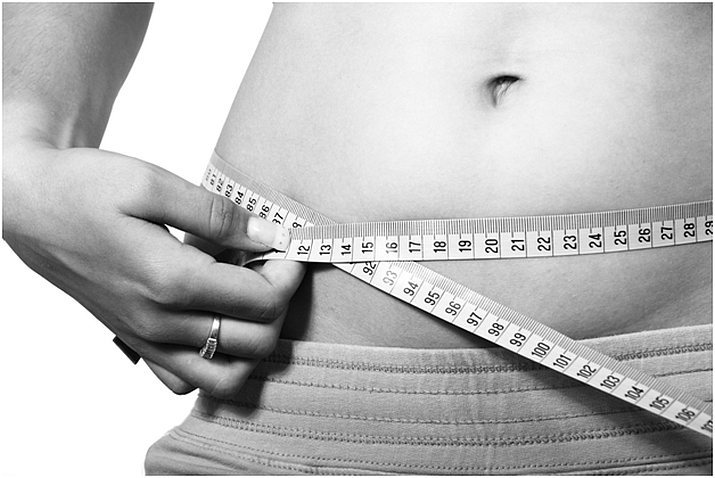
Keep an eye on the number of calories you consume
While trying to lose or maintain weight, you find yourself asking, one pound of body fat is equal to how many calories? One of the easiest ways to grow thin is to follow the calories in vs. calories out rule. This means if you consume more calories than you lose, you gain weight. However, if you burn more calories than you consume, you lose weight. It was estimated that a pound of body fat contains 3,500 calories; however, this has been questioned. A more detailed approach suggests that if you shed 10 calories daily, it leads to 1lb loss. Did you know that ketogenic amino acids are vital to the body because they are directly decomposed?
Body Fat Measurement Tool
It’s normal to want to track your transformation in weight loss. However, you should not focus on body fat because some “overweight” people are healthy, and others considered to have “normal weight” are not.
Bodyweight percentage, on the other hand, informs you of the components of your weight. How do you utilize a body fat measurement tool? You can use skinfold calipers that estimate the thickness of the fat under the skin. Other tools include body circumference measurements, hydrostatic weighing, and bioimpedance spectroscopy, among others.
What Is Established as a Norm?

Men and women have different body compositions
Apart from learning how to measure your body fat, you ought to understand the healthy body fat percentage for women and men. However, you have to consider several factors, such as age, activity, build, and heredity. Women have a higher percentage compared to men.
The recommended amount in women is classified in ages. Here are some body fat examples; 20-40 years ought to have underfat below 21%, healthy is 21 to 33%, overweight — 33-39%, and obese is above 39%. Women between 41 to 60 years should have underfat of below 23%, healthy is between 23-35%, overweight is 35-40%, and obese — above 40%. Those between 61 to79 years, underfat should be below 24%, healthy — between 24-36%, overweight is 36-42%, and obese is above 42%.
Understanding the Concept Better
Although we have fat throughout our bodies, we can breakdown this concept to understand it better. Did you know that the human body consists of two types of fat components: essential body fat and storage body fat?
The essential one is vital for the normal functioning of the body and is present in bone marrow, nerve tissues, membranes, and brain. When you lose it, your physiological functions are affected. This type of fat is vital for protecting internal organs and acts as an insulator. Storage fat, on the other hand, is stored for energy.
Conclusion: Body fat and calories are closely related because it all comes down to what you consume and your lifestyle. Healthy body weight is calculated depending on the age of the individual, and it varies according to gender.
How do you measure your body fat? Please leave a comment.
Author’s Bio: Adam Reeve is a freelance blogger who specializes in diet and a healthy lifestyle. He writes about maintaining health by adopting better eating and exercise. Adam is a certified personal trainer at a local gym. His articles are extensively researched and backed up with facts and evidence.
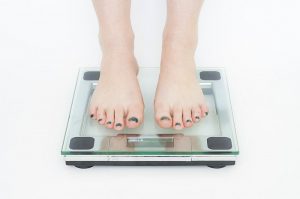
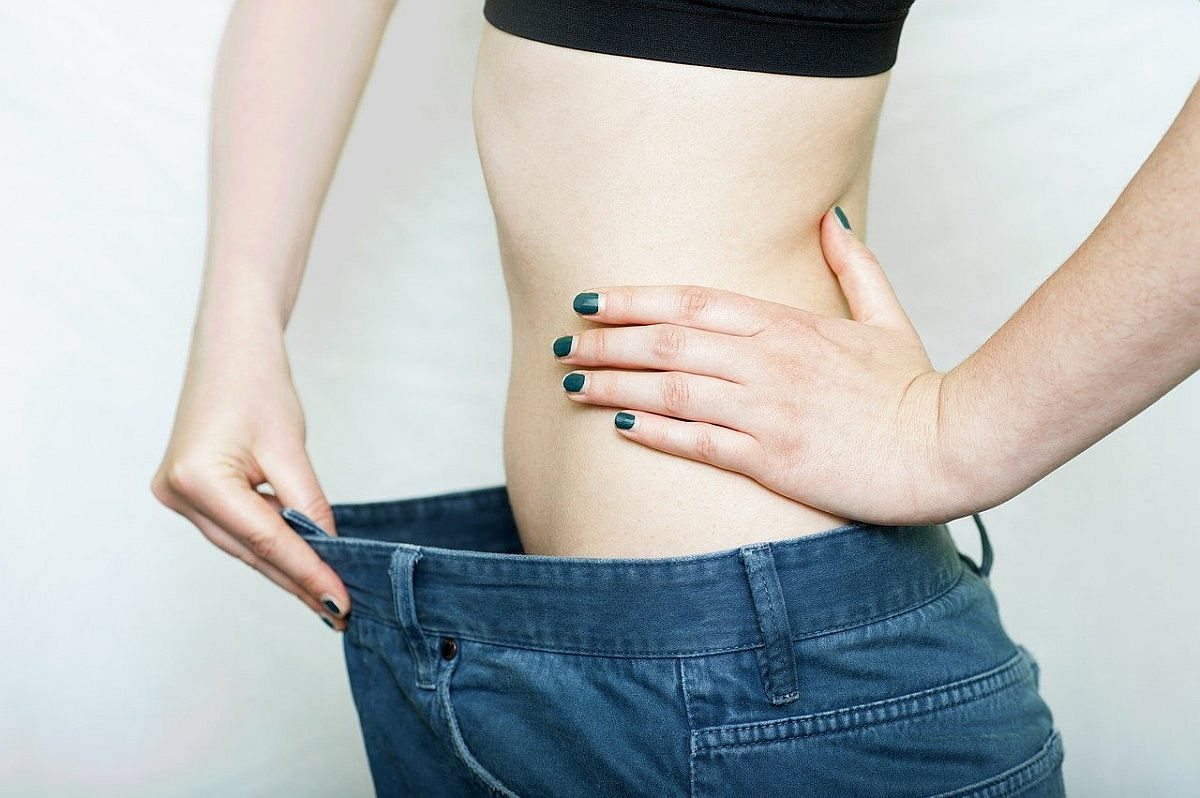
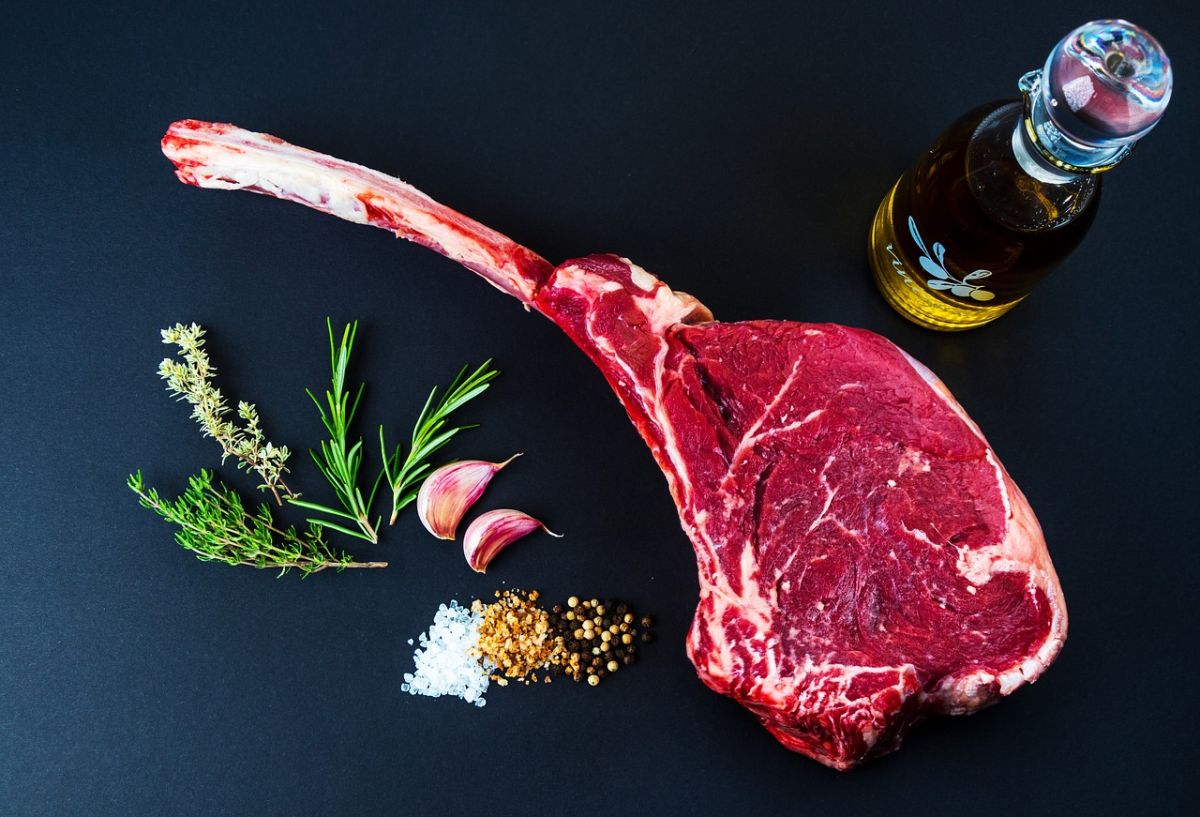
Leave a Reply